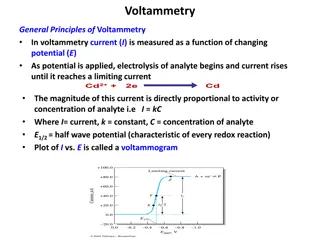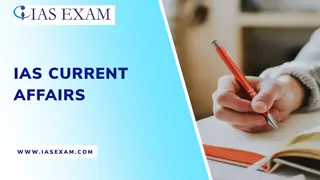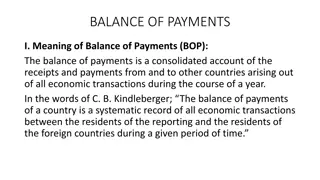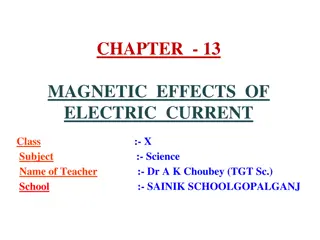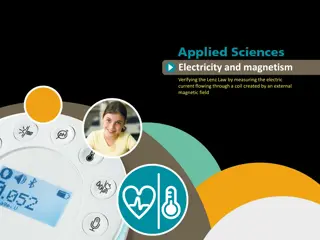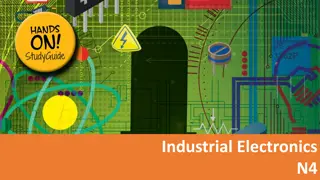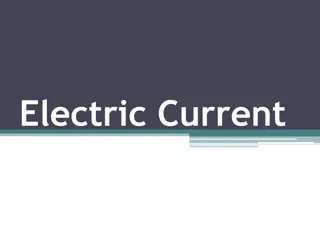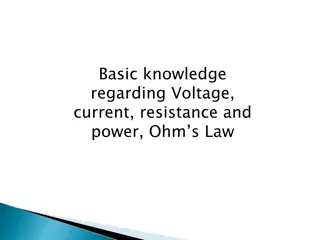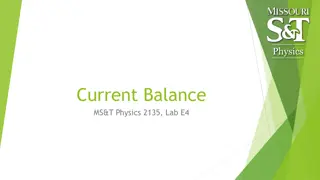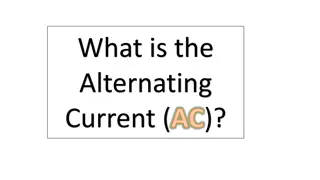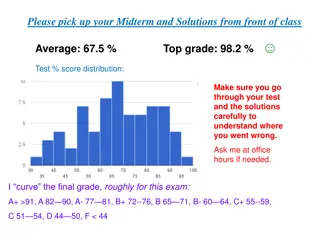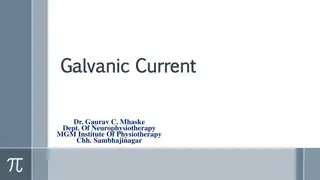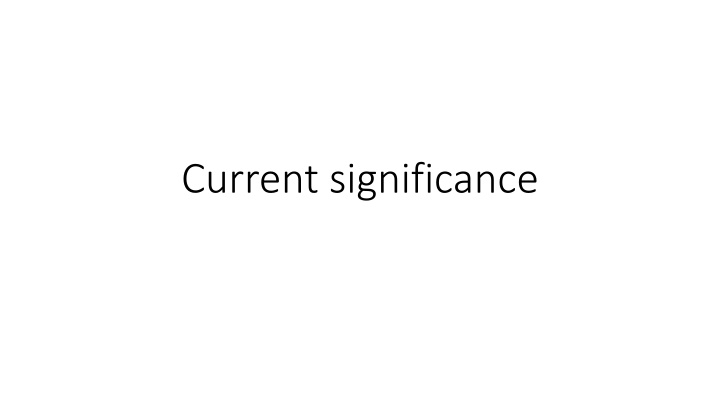
Challenges Faced by Women in Today's Society
Explore the current significance of issues like Women, HIV/AIDS, Child Labour, Democracy, LGBT Rights, Human Trafficking, and more. Women's human rights abuse, discrimination, and violence are prevalent while governmental responses often fall short. Learn about the impact of armed conflicts on women, HIV criminalization laws, and the intersection between human rights and HIV/AIDS.
Download Presentation

Please find below an Image/Link to download the presentation.
The content on the website is provided AS IS for your information and personal use only. It may not be sold, licensed, or shared on other websites without obtaining consent from the author. If you encounter any issues during the download, it is possible that the publisher has removed the file from their server.
You are allowed to download the files provided on this website for personal or commercial use, subject to the condition that they are used lawfully. All files are the property of their respective owners.
The content on the website is provided AS IS for your information and personal use only. It may not be sold, licensed, or shared on other websites without obtaining consent from the author.
E N D
Presentation Transcript
Women HIV/ AIDS Child Labour Democracy LGBT Rights Human Trafficking Religious Violence Caste Related Issues
Womens Human Rights Abuse, Violence and discrimination against women are widely tolerated and systemic Women s issues are still ignored and remain as a social epidemic Government s are not really engaging (even distancing) with the issues of discrimination and violence against women Despite several Acts in place, human rights are often being violated and justice is delayed (Nirbhaya)
Some facts: Women as victims of armed conflicts leading to increase in HIV/AIDS (DRC) Women being sold or trafficked into prostitution all the time, and government is not doing enough to protect their rights (Thailand, Burma, Nigeria) Women are often denied employment by virtue of being women (Ukraine, Mexico) Women are often attacked because they are homosexuals, bisexuals or transgenders (US) Women are unequal before the Law (Kuwait, Saudi Arabia, Jordan, Morocco) Women not allowed to enter higher education and punished for not wearing the right clothing (Iran)
Human Rights and HIV/ AIDS International human rights laws and treaties give every person the right to health and to access HIV and other healthcare services. Human rights abuses are one of the drivers of the HIV epidemic and increase its impact. At the same time, HIV undermines progress in the realisation of human rights. Human rights violations in the context of HIV include the criminalisation and enactment of punitive laws that target people living with and most affected by HIV. It also includes stigma and discrimination in the workplace and in healthcare services, gender inequality, and the denial of access to HIV services.
HIV criminalisation refers to laws that criminalise people living with HIV based on their status. This can be via HIV-specific laws or general criminal laws that prosecute: unintentional HIV transmission potential or perceived exposure to HIV where HIV was not transmitted non-disclosure of known HIV-positive status. As of 2018, 68 countries criminalised HIV non-disclosure, exposure or transmission, 20 imposed travel bans or restrictions against people living with HIV, and 59 insisted on mandatory HIV testing for certain groups of people when they apply for marriage, work or residence permits. Human rights-based HIV programmes should be implemented to avoid inequalities or discrimination, and when countries fail to meet the human rights requirements for people living with HIV they should be held legally accountable.
Human Rights and Child Labour Employment of a child under the minimum age of employment specified under national legislation in accordance with international standard. Employment of child under the age of 18 years in hazardous work that jeopardizes the physical, mental or moral well-being of a child, because of the nature and conditions under which the work is carried out. Exploitation of children through slavery, trafficking, debt bondage and other forms of forced labour, forced recruitment of children for use in armed conflict, prostitution and pornography, and illicit activities. Globally 218 million children are child labourers, 122 m in Asia-Pacific
Child labour is clearly detrimental to individual children, preventing them from enjoying their childhood, hampering their development and sometimes causing lifelong physical or psychological damage. Child labour exposes children to Denial of their right to education Violence (physical, psychological, sexual) by employers and co-workers Physical injuries and other health risks Denial of wages Forced and long hours of work, thus denying them leisure Child labour violates the cardinal principles of children s rights In the best interest of the child Survival and development All actions and measures should include the full realization of child rights and not merely the abolition of child labour
Human Trafficking They are a group of crimes involving the exploitation of men, women and children for financial gains which is a violation of human rights it is a trade or commercial dealing When people are transported by force or deception for labour, sexual exploitation, forced marriage - to get enslaved Traffickers use blackmail, abuse/ violence and threats to force victims to comply with their wishes in the destination. Victims are usually women and children Usually caused by poverty/ economic inequalities, homelessness, structural or interpersonal violence, gender identity, insecurity related to armed conflict, and a demand for certain services in the destination it is a low risk, high profit trade
Slavery was, in a very real sense, the first international human rights issue to come to the fore. It led to the adoption of the first human rights laws and to the creation of the first human rights non-governmental organization. And yet despite the efforts of the international community to combat this abhorrent practice, it is still widely prevalent in all its insidious forms, old and new (Kofi Annan) Violations of human rights are both a cause and consequence of trafficking in persons, making the promotion and protection of human rights particularly relevant to the fight against it (Kara Napolitano) The human rights relevant to trafficking The prohibition of discrimination on the basis of race, color, sex, language, religion, political or other opinion, national or social origin, property, birth, or other status; The right to life; The right to liberty and security; The right not to be submitted to slavery, servitude, forced labor or bonded labor; The right not to be subjected to torture and/or cruel, inhuman, degrading treatment or punishment; The right to be free from gendered violence; The right to freedom of association; The right to freedom of movement; The right to the highest attainable standard of physical and mental health; The right to just and favorable conditions of work; The right to an adequate standard of living; The right to social security; The right of children to special protection; The right to an effective remedy; The right to seek asylum
Religious violence Religion and Human Rights are often seen as opposing concepts.

